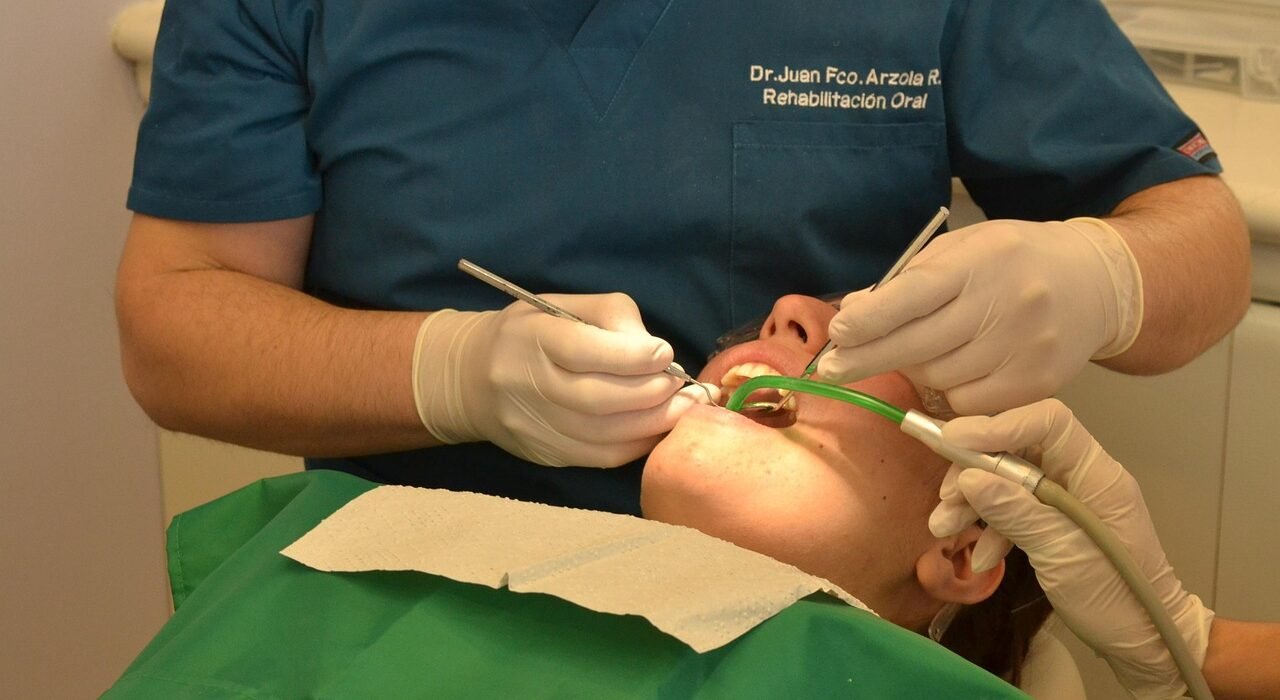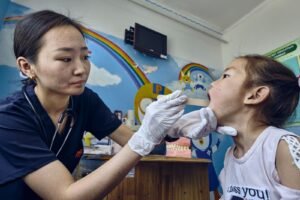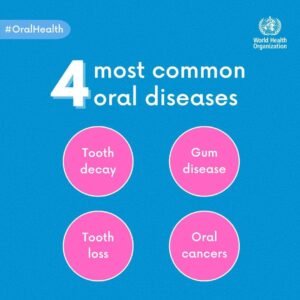A BITTER ACHE: WHY 2.5 BILLION PEOPLE STILL SUFFER FROM A PREVENTABLE DISEASE, INCLUDING CHILDREN

On a humid afternoon, six-year-old Sola,(not her real name) sat curled in pain, clutching her jaw and unable to explain what hurts. Her grandmother, a wholesaler and distributor who made a living selling snacks and toiletries, watched helplessly as the little girl’s whimpers turned into sobs.
Years earlier, Sola had been treated with sweets— sugar cubes dropped into tea, sticky candies after lunch, lollipops to quiet her cries. Her grandmother meant no harm; she just wanted to see the child smile.
But now, that same smile had vanished. At the clinic, the diagnosis was shocking, as Sola had severe tooth decay. And the culprit? Sugar.
A SILENT EPIDEMIC HIDING IN PLAIN SIGHT
Tooth decay, or dental caries, is not new. It’s not rare. And, most frustrating of all, it’s not inevitable.
Yet according to a recent World Health Organization (WHO) report, it now affects 2.5 billion people worldwide— making it the most common noncommunicable disease (NCD).
While it touches people of all ages, children like Sola are especially vulnerable. The numbers are stark: over 500 million children suffer from tooth decay in their first set of teeth. For many, it begins in infancy, and it can set the tone for a lifetime of poor oral health, pain, missed school, and untreated infections.
Dr. Benoit Varenne, WHO’s Chief Dental Officer, asserts that:
“Tooth decay is entirely preventable. And yet, it is causing unnecessary suffering at a massive scale.” THE SUGAR TRAP: SWEET TASTE, BITTER COST
THE SUGAR TRAP: SWEET TASTE, BITTER COST
Behind the epidemic lies one simple ingredient: sugar— specifically, “free sugars.” These include both added sugars in processed foods and natural sugars found in honey, syrups, and fruit juices.
Children are bombarded with it: sugary cereals, fizzy drinks, flavored yogurts, and even baby food. And for many families— especially in low-income areas these products are cheap, accessible, and aggressively marketed.
“The overconsumption of free sugars is directly linked to the development of dental caries,” warns the WHO.
To combat this, WHO recommends:
- Limiting sugar intake to less than 10% of daily energy consumption (with a 5% target for better health).
- Completely avoiding sugary drinks for children under two.
- Implementing sugar taxes to discourage unhealthy consumption.
A CRISIS OF INEQUITY
The burden of tooth decay isn’t evenly distributed.
In wealthy countries, decay might mean a filling or a dental visit. But in many parts of the world, oral care is a luxury. In 2019, the global direct cost of treating oral diseases topped US$387 billion, with another US$323 billion lost in productivity.
For families already stretched thin, these costs are crushing. In places where oral care isn’t included in national health systems, people are left to suffer— or sacrifice other essentials to afford treatment.
And the consequences go beyond pain. Children with untreated caries often struggle to eat, speak, or sleep. They fall behind in school. Adults may miss work. Seniors may lose teeth, independence, or dignity.
SIMPLE TOOLS, BIG RESULTS
Here’s the irony: tooth decay is preventable— and often treatable with the simplest of tools.
WHO outlines several low-cost, high-impact interventions:
- Brushing twice daily with fluoride toothpaste.
- Access to topical fluoride treatments.
- Basic restorative care that can be delivered in primary health centers, no fancy dental chairs required.
“There’s no need for high-tech solutions to address the majority of tooth decay cases,” WHO insists. “These interventions must become part of every country’s essential health package.”
 MORE THAN MEDICINE: A POLICY PROBLEM
MORE THAN MEDICINE: A POLICY PROBLEM
Fixing tooth decay isn’t just about getting people to brush. It’s about changing systems.
WHO’s Global Oral Health Action Plan (2023–2030) emphasizes population-level policies, such as:
- Front-of-pack labeling for high-sugar products.
- Bans on advertising sugary foods to children.
- Public food policies to remove high-sugar products from schools, hospitals, and other institutions.
But here’s the challenge: oral health remains low on most national agendas. It’s often siloed from broader health initiatives, and many governments underestimate its impact.
Until policymakers begin to treat oral health as a foundational part of public health— alongside heart disease, diabetes, and obesity— the cycle will continue.
A HUMAN RIGHT, NOT A LUXURY
Sola’s story is not unique. Millions of children around the world go to bed with aching mouths, while adults live in pain and silence, resigned to a condition that’s both curable and preventable.
The WHO is clear in its call: oral health is a basic human right. It’s time to treat it as such.
“Tooth decay should not be a life sentence,” says Dr. Varenne. “It’s a call to action— one that every government, parent, and health provider must answer.”
As the sugary tide rises, the question remains: will we act in time to protect the next generation?









